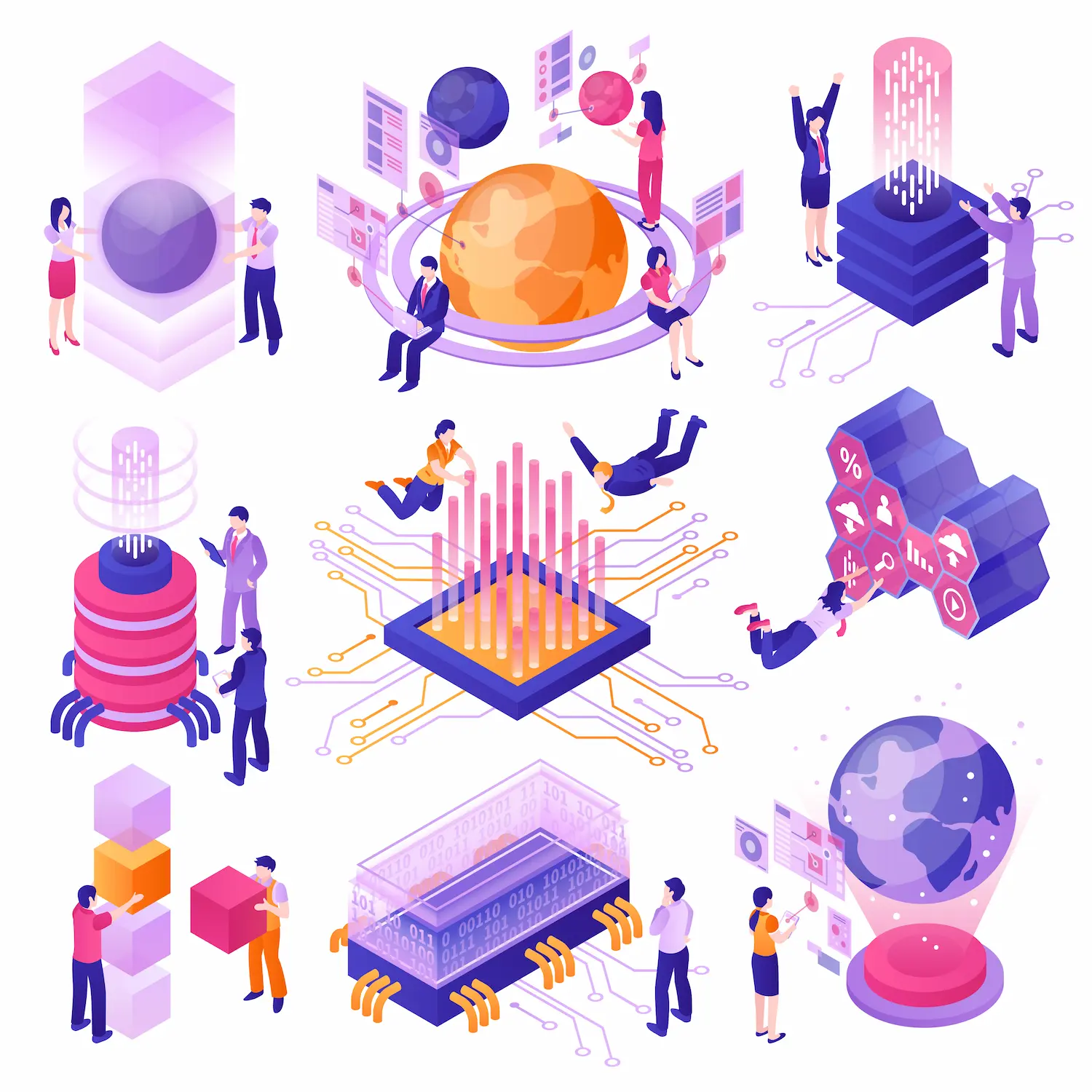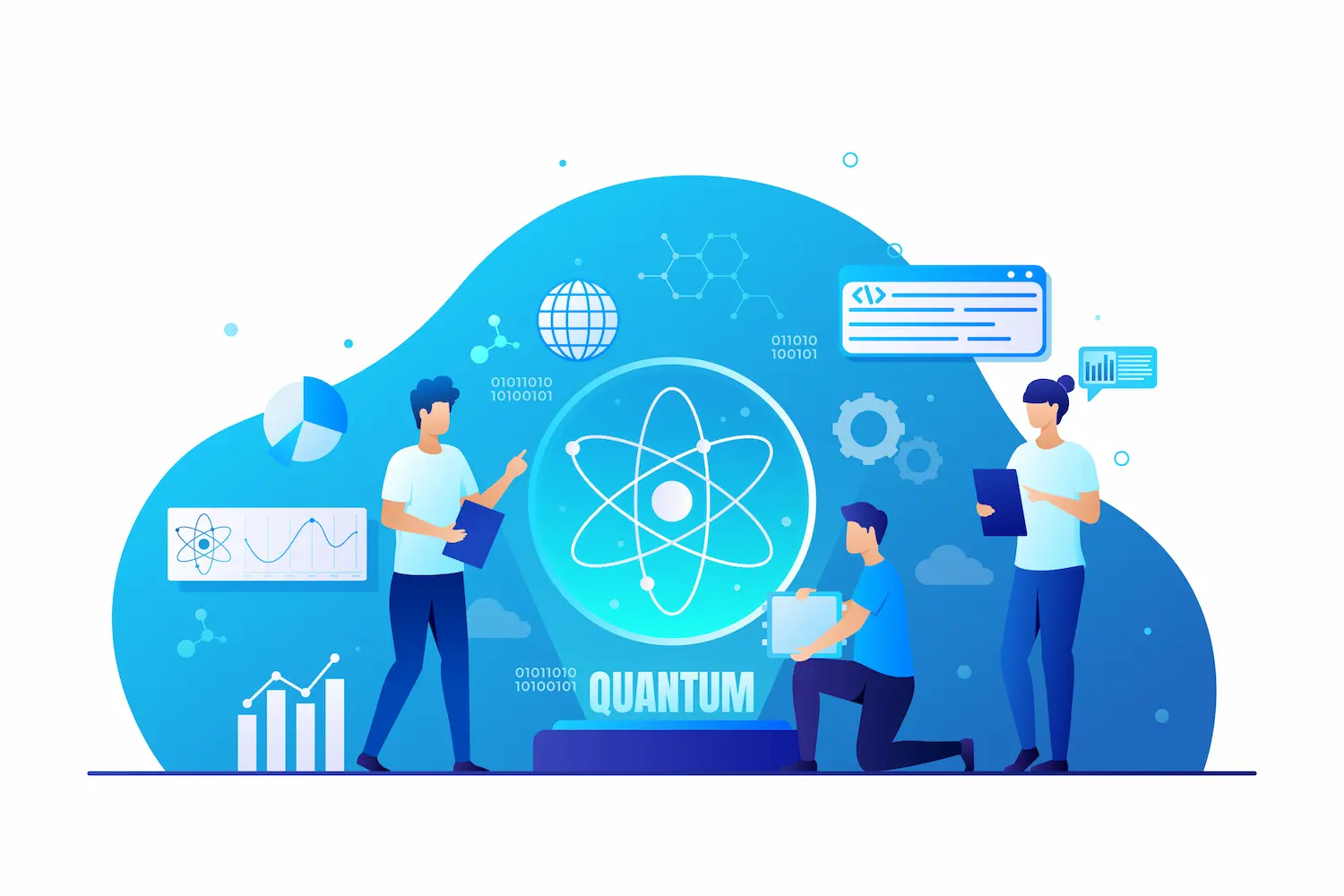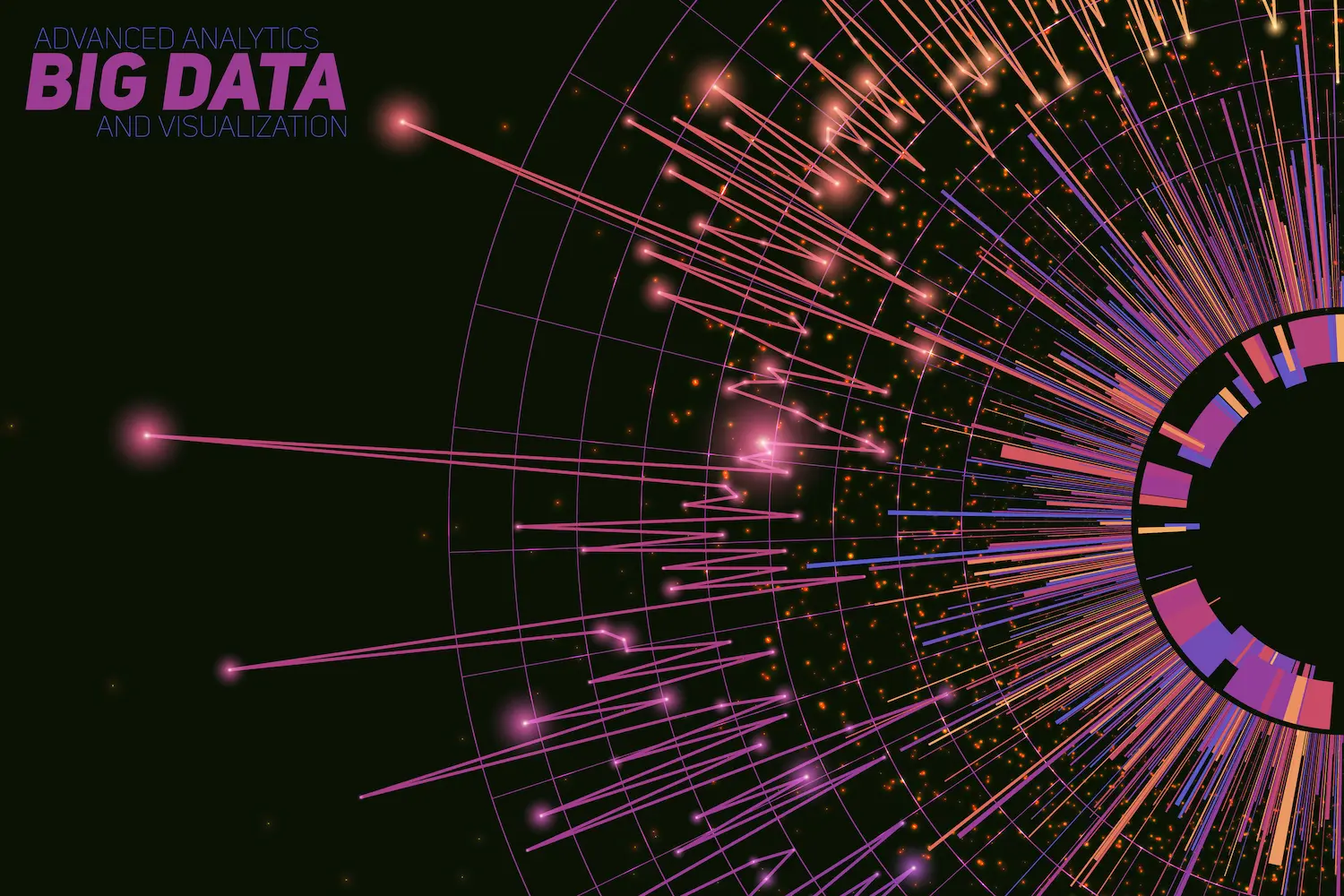A roller-coaster ride of humanity’s next great high-tech accomplishment—quantum computing—which may ultimately disentangle the deepest inscrutability of science and unravel some of humanity’s chief glitches, like global warming, world hunger, & incurable disease. The roaring victory of the microchip processor may be reaching its termination.
Running up against the physical constraints of lesser & minute sizes, traditional silicon chips are not liable to prove valuable in solving humanity’s greatest challenges, from climate change to global starvation to terminal diseases.

But the quantum computer, which harnesses the potential & complexity of the atomic realm, already promises to be every bit as revolutionary as the transistor and microchip once were. Its exceptional gains in computing power led to advancements that could change every aspect of our daily lives.
How Does Quantum Computing Help?
Automotive companies, medical researchers, and consulting firms are betting on quantum computing, hoping to exploit its power to design more efficient vehicles, create life-saving new drugs, and streamline industries to revolutionize the economy.
But this is only the beginning. Quantum computers could allow us to finally create nuclear fusion reactors that create clean, renewable energy without radioactive waste or threats of meltdown. They could help us crack the biological processes that generate natural, cheap fertilizer and enable us to feed the world’s growing populations.
They could unravel the fiendishly difficult protein folding that lies at the heart of previously fatal diseases like Alzheimer’s, ALS, and Parkinson’s, helping us to live longer, healthier lives. There is not a single problem humanity faces that couldn’t be addressed by quantum computing.
Quantum Supremacy is the buzz of this exciting frontier and the race to claim humanity’s future.
Quantum computing is relocating from improved labs to real-world applications, and opportunities for qualified quantum computing specialists are growing rapidly. AlsoQuantum Computing is said to change the face of this world. Quantum Computing revamps the term “Computer Science” developed through Quantum Mechanics.
Problems with regard to proposing life-saving drugs and designing super-large complex logistics that have been intricate or implausible for classical computers to handle can now be resolved in split seconds. Anybody who has tried to win a metaphysical argument with recourse to quantum computing might really not understand the composition of quantum computing and that it’s not about just the infinite speed of a classical computer derived from common opinion.
A New Path to Practical Probabilistic Programming
Quantum Computing opens into a new world of practical probabilistic programming. Quantum computing has a reputation for being tricky and often tangled up in complex mathematics; even its basic building blocks can run counter to our everyday understanding of the world.
Describing the Quantum computing phenomenon has a different approach that is much easier to grasp and then goes into how we can use it to build programs, giving us an abstraction that is actually useful back in the real world. Starting from the basics of quantum states and working up to building real programs using quantum computers. It is considered to use mathematics, but most of us miss those benefits.

How Hard is it to Use Quantum Computing?
Quantum computing may seem puzzling and apprehensive, but at its core, it is driven by a few fundamental theories. Quantum computing is real- it’s no longer just theory or wishful thinking, nor do you need pots of money to use one. It has literally come to a theatre near you. Unlike other kinds of computer technology, Quantum Computing works on a totally different set of principles and needs specialized hardware. As a result, classical code won’t work on them. You have to rewrite your programs from the ground up.
The Intricacies of Quantum Computing Explained:
In classical computers, the lowest fragments of data are on something called “Bits.” Each bit can have a value of either 1 or 0. With 1 bit, there can be 2 values possible. With 2 bits, 4 values and with 3, 6 values, and so on.
Quantum computing uses the principles of quantum entanglement and quantum superposition. So, in Quantum computing, instead of bits, they use qubits, i.e., Quantum bits. A Quantum computer will finish the job in minutes.
This makes Quantum Computers insanely powerful on the scale of worst to best- Classical computers< Super Computers < Quantum Computers. The future is Quantum Computing, and along with it, Artificial Intelligence was just a few minutes ago. Quantum Computers are the key to the evolution of the Human Race, giving rise to intergalactic civilization.
Thanks to its monitor power, this miraculous equipment trend is also involved in preventing the spread of the coronavirus, obtaining potential vaccines, and analyzing act on data. Quantum Computing is still infant, considerably more thwarted than classical computers were to develop. Someday in the future, everyone might have Quantum modules in their laptops that will do all our cryptography/prime factoring, and maybe after many years, we will be able to do everything on Quantum Circuitry.
Quantum Computing: How to Program Next-Gen Computers for Difficult, Real-World Applications
Quantum Computer Simulators – Quantum computers rely on marshaling the quantum mechanical nature of sub-atomic particles to get them to perform computations for super-hard applications. These quantum features include concepts of superposition and entanglement, which need special-purpose hardware from the ground up.
These phenomena can’t be reproduced on classical machines. Consequently, although stimulators mimic these characteristics on digital computers, they can’t tap into their inherent potential power. Hence, stimulators are good for only small applications.

The binary bits of classical computers are replaced by bits whose behavior is governed by particle physics, which opens ways of computing that have the potential to dramatically boost performance over that of classical computers. Learning quantum programming isn’t like a Java-script ninja wanting to pick up objective-c, where the syntax and grammar may differ, but the basic ideas remain the same.
Quantum Programming is different, from the unique ways in which quantum computers represent information to how they are cranked to get a result. Quantum computers work with logic gates but are based on quantum mechanical principles.
Underlying physics between quantum and classic computers
The difference in the underlying physics between quantum and classic computers offers new ways to write computer programs: the tools of classical bits and gates are supplemented by quantum gates, which resemble the standard gates but manipulate quantum bits or qubits instead of standard binary bits. Quantum bits or qubits are workhouses of quantum programming.
They are governed by quantum mechanical principles that make it seem as if they are oscillating between two binary states. Standard programming statements can’t capture this ability of qubits to be in a suspension of states and yet perform computational tables. Quantum computing forces us to rethink how we design algorithms and write programs for quantum computers. To master the jargon of quantum programming, we will first review quantum bits, the quantum replacements of classical bits.
This will introduce us to the terminology used in quantum programming called quantum speak. A Quantum program is a sequence of instructions or actions that guides qubits from one quantum state to another such that each qubit arrives at a state that corresponds to the optimal solution. In classical computing, each statement acts on binary bits that hold only one value at a time. In contrast, because a qubit, in effect, has many cubelets or tiny bits, quantum instruction juggles all of them at once.

Thus, quantum computing has two features that offer a powerful break from classical computing. A quantum instruction works on all the cubelets in a qubit’s quantum state simultaneously. Qubits can hold an exponentially large number of cubelets or tiny states; even a quantum program with a reasonably small set of qubits can solve extremely large problems.
What are quantum gates, and how do they work?
The other marquee feature of quantum programming is the instructions represented as quantum gates, the quantum equivalent of classical logic gates. These gates alter the quantum states of qubits. Since qubits don’t reveal their states until you inspect them, the only way to get anything out of a quantum program is to destroy the qubit’s quantum state using the Measure Gate. The qubit then collapses to one of the two idealized quantum states, and the corresponding binary state is returned as in a standard computer.
Functionally, quantum logic gates are similar to classical equivalents but operate on quantum bits instead of binary bits. Although quantum programming doesn’t have replicas of the binary logic gates such as AND and OR gates, their logic is replicated by suitably configuring the quantum Controlled NOT (CNOT) Gate and Controlled Controlled NOT (CCNOT) Gate. But by themselves, the quantum logic gates offer no inherent advantage over the classical logic gates. In fact, even the quantum circuit won’t work any better than one designed with classical gates. You will still need to iterate through all possible combinations to find the optimal solution.
Nonetheless, Quantum logic gates play a crucial role in Quantum Computing: because they work with Quantum bits, they can model a computational problem’s constraints in a quantum program. Classical binary gates can’t be plugged in because they don’t work on quantum hardware. The Quantum Computing literature is replete with a litany of the same smattering of algorithms expounded over and over again in the language of mathematics. Mathematics simplifies the tale but interferes with developing an intuitive feel.
Conclusion
To mature into an accomplished quantum programmer and develop your own algorithms instead of recycling canned routines, it’s worth spending time to strengthen your grasp of quantum superposition. Quantum programming takes a different approach by focussing on writing software that steers each combination through the program individually.